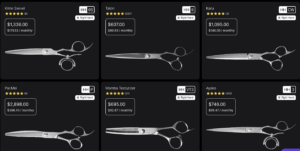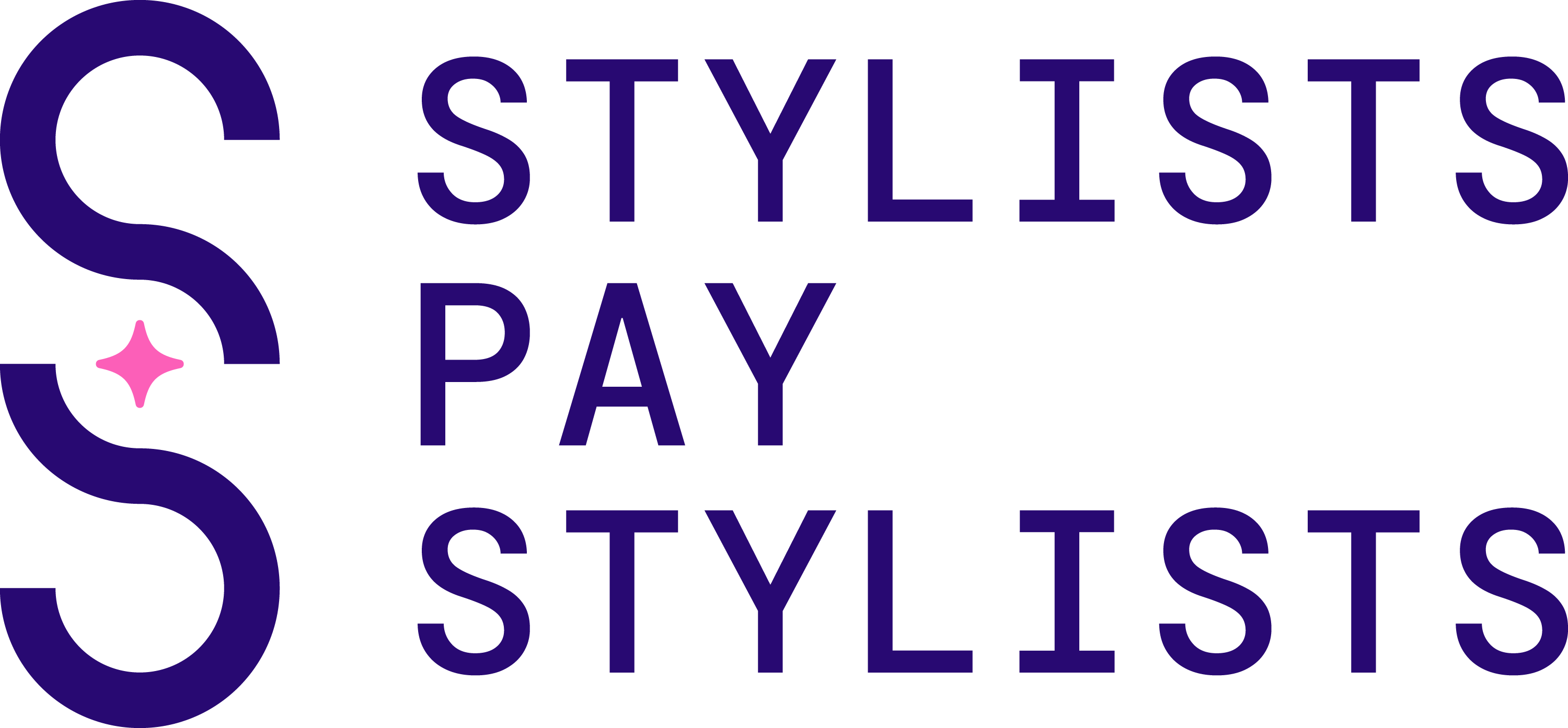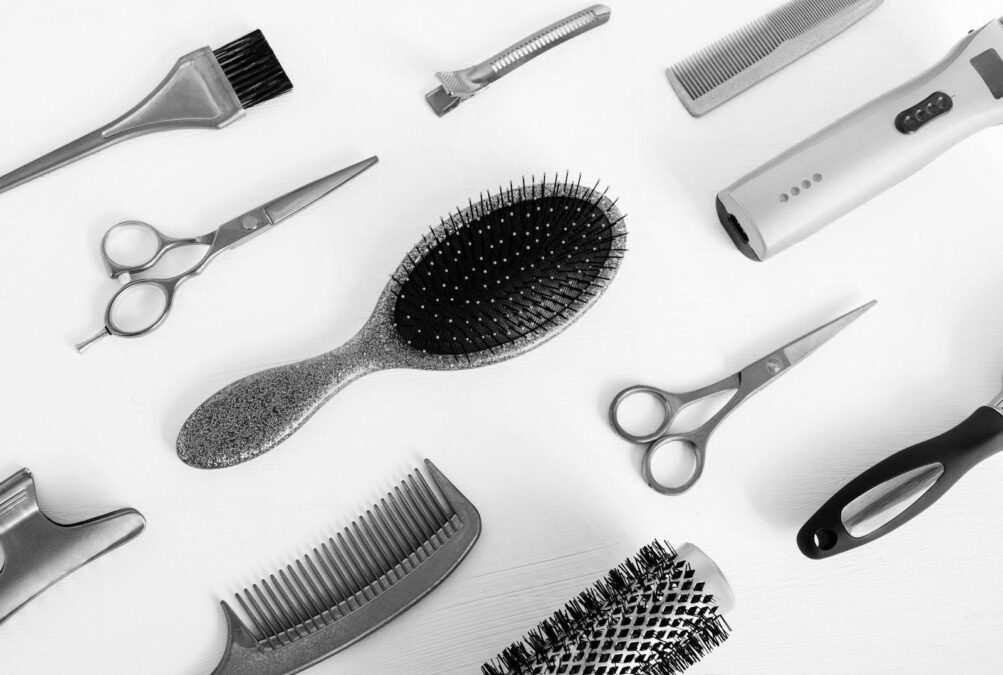The beauty industry is undergoing a rapid transformation that goes far beyond the boom of Instagram and other social media platforms. Driven by technological advancements, evolving consumer preferences, and a growing emphasis on sustainability, the beauty industry is becoming a dog eat dog world like never before. Those that are affected and will be even more in the future include (but are not limited to) the Salon Founder, Operator and Staff, the Booth Renter, Salon Suite Owner, Individual Beauty Contractor &/or Consultant and let’s not forget the Consumer. While these changes present exciting opportunities, they also contribute to a significant economic divide that affects both emerging and established professionals and the consumer. High costs associated with professional, personal and technical development, business operations, and marketing create formidable barriers for those striving to establish themselves in the professional business industry.
In order to really understand how this has happened, we need to dive into 3 parts.
- The Broken Cosmetology School System & Its Lasting Effects
- The Burden on Salon Owners: A Cycle That Never Ends
- Maximizing the ROI on Beauty Education When You’re Struggling to Stay Afloat
The Economic Divide in the Beauty Industry (Part 1): A Crisis for Professionals and Consumers Alike
The beauty industry has long been seen as a pathway to creative freedom, financial independence, and career growth. However, the economic realities facing business owners, stylists, and consumers today paint a much different picture. An increasing divide is forming, driven by a broken cosmetology education system, the rising cost of living, and a dwindling number of profitable salons. With only 8.2% of salons being profitable, salon owners, stylists, and consumers alike are feeling the effects of an industry struggling to sustain itself. To understand where the industry is headed, we have to go back to where the career path all begins, and this is cosmetology school.
The Broken Cosmetology School System & Its Lasting Effects
To genuinely understand how this happened, we have to dive into where this all starts for beauty professionals: Cosmetology school.
Cost of School & Living
For many aspiring beauty professionals, the first hurdle begins before they ever step foot in a salon: cosmetology school. While the cost of tuition has skyrocketed—ranging from $15,000 to $25,000+—the quality of education has declined.
Embarking on a career in the beauty industry often requires a substantial financial investment, particularly in education and training. Traditional cosmetology programs can be prohibitively expensive, with tuition costs varying widely based on location, institution, and program length.
For instance, in the United States, the average cost of cosmetology school tuition is approximately $14,480, excluding additional expenses such as cosmetology kits and licensing fees. These kits, essential for hands-on training, can add an average of $1,693 to the overall cost, while state licensing fees average around $58. Consequently, the total investment for education alone can approach $16,251, on average.
These figures can be even higher in certain regions or prestigious institutions. For example, attending a renowned school like the Aveda Institute in Los Angeles can cost upwards of $24,474 alone for tuition. Such financial demands pose significant challenges for aspiring stylists, especially those from low-income backgrounds or without access to financial aid. The burden of student loans can be daunting, particularly when entry-level positions in the industry often offer modest wages.
My stats fall in between the extremes. For the 2016 class, the Aveda Institute-Austin charged $20,000 for tuition that covered the required1500 hours of (50 week program, 30 hrs per week). Upon graduation, tack on roughly another $3000+ for additional materials and tools. For me at least, combs, round brushes, a blowdryer and 2 pairs of shears had to be purchased within weeks of being able to receive guests in order to deliver a polished, professional outcome to paying clients.

Additionally, the cost of living in urban areas, where many beauty schools and job opportunities are concentrated, can be exorbitant. Rent, transportation, and daily expenses add to the financial strain, making it difficult for students to focus solely on their education and training. This situation is exacerbated by the lack of low paying, part-time job opportunities.
All this to say, there are options for Federal student loans IF your cosmetology school is accredited and participates in the federal financial aid program. Attending an accredited program gives you access to federal loans, grants, and work-study opportunities. Private student loans are another option, but eligibility depends on the lender. This is how I was able to offset part of my loans and my cost of living.
In addition to cost of living/schooling, we now have to factor in practice. In order to be an expert in any field, Malcolm Gladwell states that you must have 10,000 hours practice. My cosmetology school had 1500 hours, and roughly 800 of these hours were my hands in hair – and this is because I worked my tail off to rebook clients and get people/friends/family in to see me. However, many states have slashed the required number of hours for licensing, meaning students are entering the workforce with less hands-on experience than ever before. Fewer people are visiting cosmetology schools for hair services due to several key factors, many of which stem from declining education quality, shifting consumer expectations, and increased competition from affordable salon chains.
Declining Quality of Services Due to Reduced Training Hours at Schools
One of the biggest factors discouraging clients from visiting cosmetology schools is the reduction in required training hours across many states. In an effort to push more students through the licensing process faster, some states have cut the number of education hours required before a student can take their licensing exam. While this might seem beneficial for students looking to enter the workforce quickly, it has led to a major decline in the quality of services at schools.
Since students are getting less hands-on training before taking real clients, customers often receive inconsistent results—ranging from uneven cuts to poorly executed color services. Word-of-mouth plays a huge role in attracting clients to cosmetology schools, and when people hear about negative experiences, they are far less likely to trust students with their hair.
Unlike professional salons, where stylists are efficient and trained to work within time limits, cosmetology schools operate at a much slower pace. Since students are learning, services take two to three times longer than they would in a professional setting. A haircut that takes 30-45 minutes at a regular salon could take 2 hours or more at a cosmetology school.
Additionally, student availability is inconsistent. Clients often can’t book with the same student multiple times due to changing class schedules, graduation timelines, and state board requirements. This makes it difficult to establish trust and loyalty with clients, who prefer a stylist they can return to regularly.
Another major factor is the increased presence of budget-friendly salon chains that offer professional services at low prices. Many consumers who used to seek out beauty schools for discounted services can now visit chains or high-end salons where they get faster service from licensed professionals that are taking clients part-time while being an associate at only slightly higher prices than what a school might charge.
For example, a cosmetology school might charge $10-$15 for a haircut, but a chain salon offers one for $18-$25 (with their referral discount.)., This was the case for me! Out of cosmetology school, I was allowed one day on the floor until I filled that 6 hour gap on Monday’s, from 3-9pm. With the referral discount, my haircuts started at $37, but with the $20 discount, they received haircuts for only $17, just $5 more than what was charged at cosmetology school, and the guest/client received a high-end service in half the time. Given the minimal price difference, most clients are willing to pay slightly more for a faster and more predictable outcome.
Since beauty consumers are more informed than ever, they understand that certain services require years of expertise, making them hesitant to trust a student stylist. Instead, they opt for independent stylists or specialized salons, leaving beauty schools with fewer clients to practice on.
The Future of Beauty Education & The Industry’s Financial Divide
The beauty industry is at a crossroads—one where the cost of education, the accessibility of advanced training, and the financial stability of stylists are more disconnected than ever. As beauty professionals struggle to afford the very education that could elevate their careers, the gap between high-end, premium-priced services and budget-friendly, lower-quality alternatives continues to widen. Without accessible learning opportunities, talented stylists will be left behind, salon owners will face an ever-growing talent shortage, and consumers will struggle to find skilled professionals at a reasonable price.
When I am asked to educate in salons, and I survey beauty professionals about their “why”, 99% of them fulfill their dreams to be in the beauty industry to elevate their guests’ self esteem and self worth. If they’re unable to deliver on the looks being requested, which is happening more often than not (we’ll dive more into the why behind this in Parts 2 & 3), then we’re left with a classic case of supply and demand. Haircuts that deliver precision and crafted techniques will sky rocket in price (I know professionals in Austin, TX already charging $300+/haircut) while the rest will be charging the bare minimum, and delivering a bare minimum result. Professionals get into this industry to make people feel good about themselves, and we’re not going to be able to do this for the ‘average’ consumer if a change doesn’t come our way.
What change are we talking about? In Part 2 of this series, we’ll dive deeper into how these changes have had a ripple effect on the beauty industry pertaining to salon owners and business operations. Part 3 in this series focuses on the licensed and operating beauty professional focusing on how to maximize your ROI without breaking the bank (since you might be paying off debt and/or still trying to niche/grow in your market), and the solution that will solve all of 3 challenges facing the beauty industry and the people tied to it; being everyone.
Join the conversation! What challenges have you faced in beauty education or business operations? Comment below or sign up here for updates from Stylists Pay Stylists, LLC for industry insights and solutions that empower beauty professionals everywhere.
HC Branding

